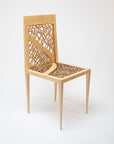
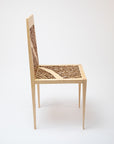
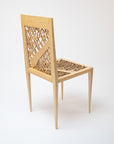
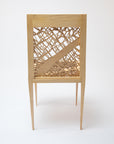
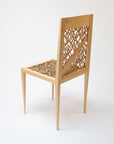
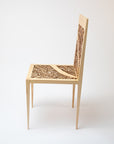
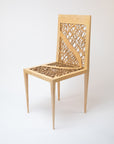
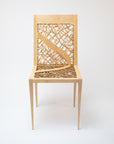
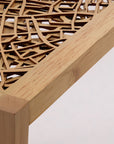
Wood Chair, Venice - Prototype (Maple)
This is a one-of-a-kind early prototype. Prototypes are sold as-is and have imperfections from testing and display. They are not guaranteed to withstand regular use and are sold to be displayed as art.
This Wood Chair prototype features four maps showcasing how Venice has evolved over the past 1,600 years. This is one of the first full prototypes, and represents the location of Venice, where this chair was displayed. This prototype is made in Maple.
Material: Solid Wood, Plywood
Dimensions: 18¼in L x 17in W x 37in H
Weight: 8.3lbs
Color: Maple
Prototypes are one-of-a-kind pieces that were handcrafted during our earliest days of design development. They are truly unique, fine art objects that can be shipped to your desired location upon ordering. Your lead time will be determined upon finalizing logistics.
OCCUPYING 1,600 YEARS OF VENICE HISTORY
Top Layer
2021
Venice commemorates its 1600th anniversary, reflecting on its long and storied history.
Founded in 421 as a refuge from invaders, the city has evolved into one of the world’s most iconic cultural centers. The celebrations unfold amid the ongoing COVID-19 pandemic, which deeply affects its tourism-based economy. Over-tourism, environmental concerns, and the threat of rising sea levels remain pressing challenges. Despite these issues, Venice continues to captivate visitors with its canals, art, and historic architecture. The anniversary fosters discussions on sustainability and the city's future, balancing preservation with modern needs. Venice remains a symbol of resilience, adaptation, and artistic brilliance.
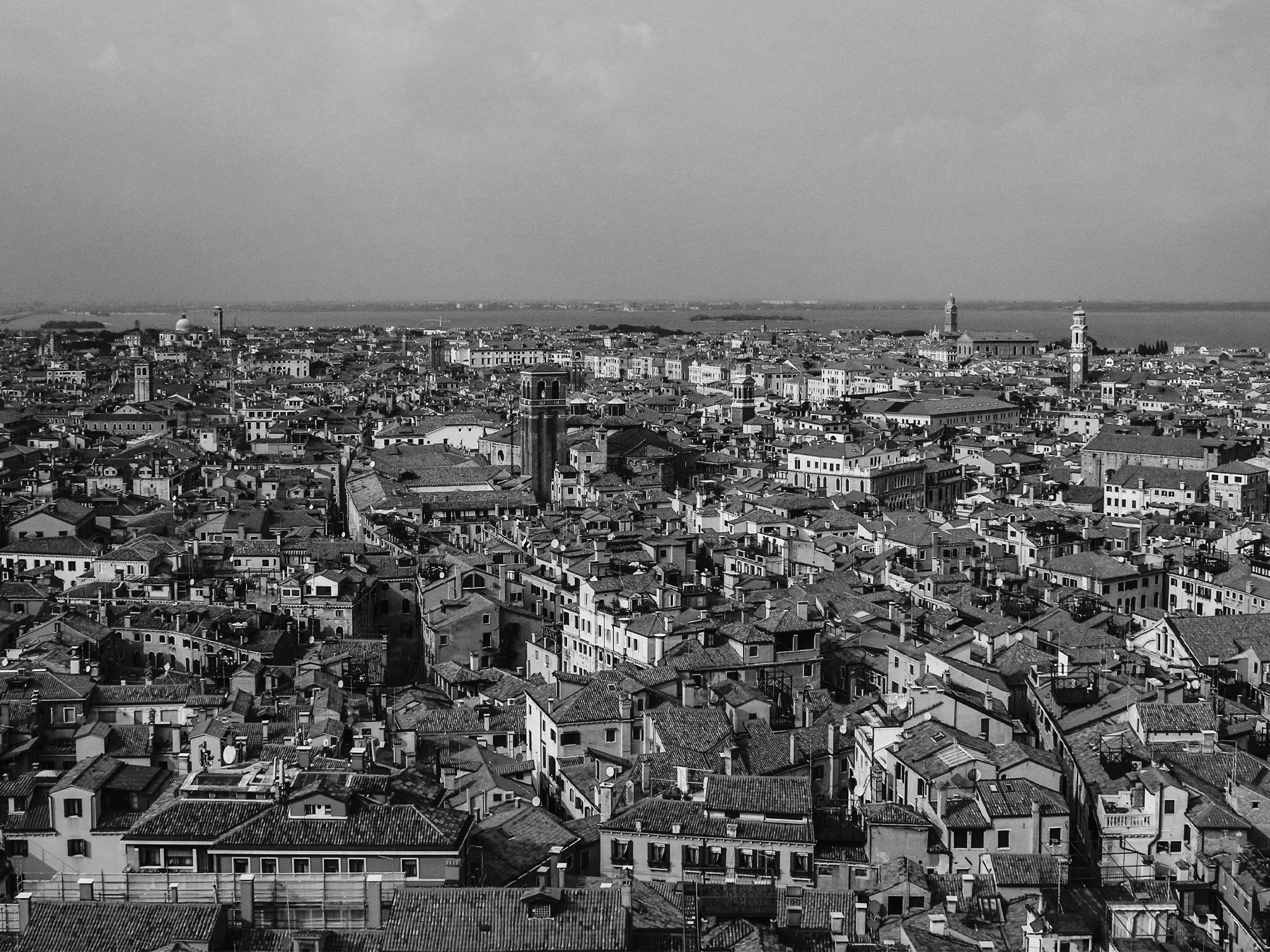
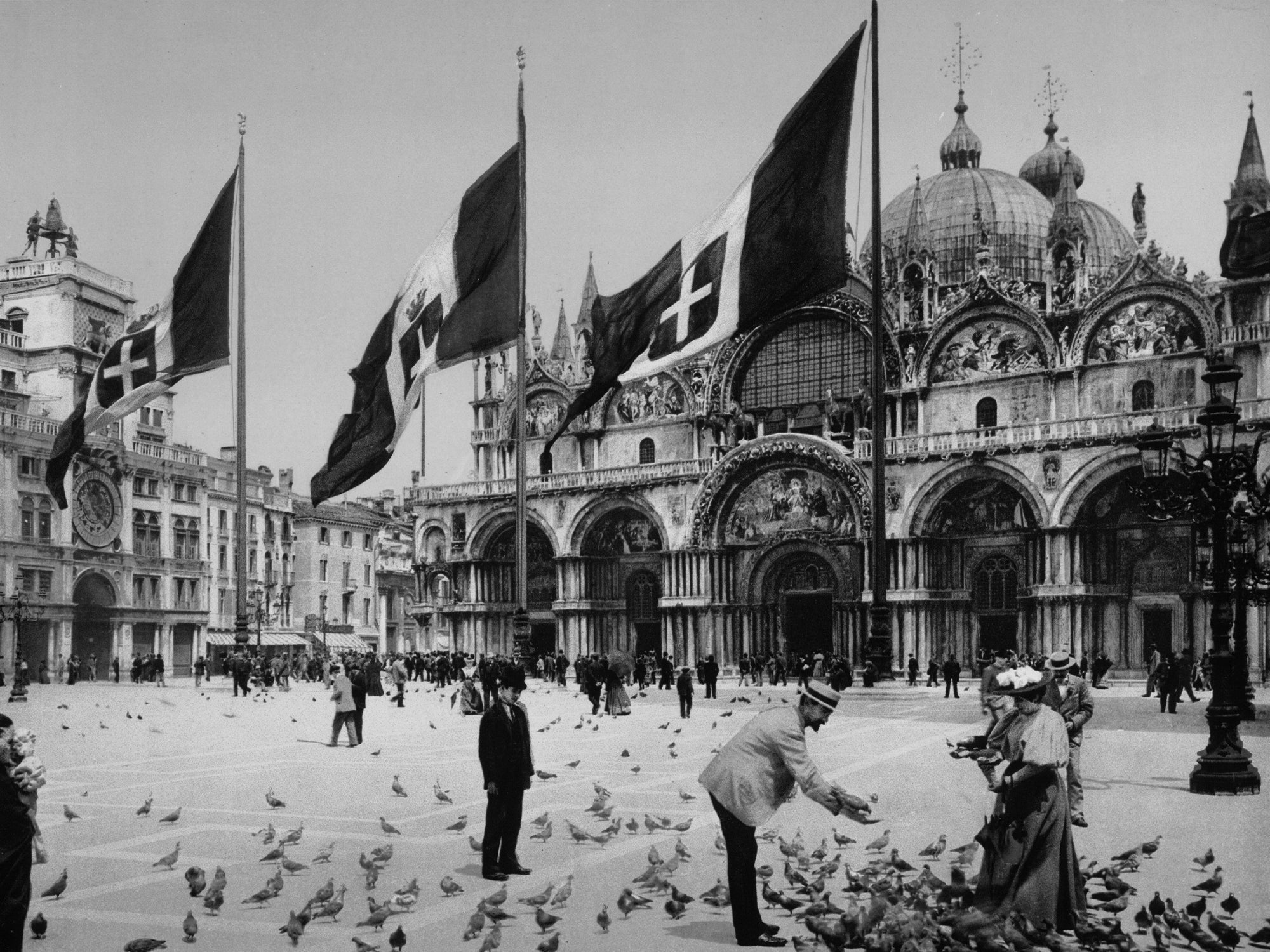
Second Layer
1895
Venice inaugurates the first Venice Biennale, establishing itself as a major hub for contemporary art. The event attracts artists and intellectuals from across Europe, showcasing cutting-edge creativity.
Once a dominant maritime power, the city now shifts its focus toward culture and tourism. Austrian rule influences political and social dynamics, but Venice retains its unique identity. The Biennale signals a new chapter, reinforcing Venice’s role as a center for artistic innovation.
Visitors arrive from around the world, drawn by the city's historic charm and creative spirit. The event lays the foundation for Venice’s continued cultural significance.
Third Layer
1074
The Rialto Bridge, made of wood, serves as a critical link between San Marco and San Polo, facilitating trade and movement in Venice. The city thrives as a center of commerce, connecting Europe to the East through its maritime networks.
Merchants crowd the bustling markets, selling goods from across the known world. Urban expansion continues, with new palaces, churches, and bridges reflecting Venice’s growing prosperity. Shipbuilding flourishes, strengthening the city’s naval dominance in the Mediterranean.
Political influence expands as Venice asserts itself among the great powers of Europe. The city’s wealth and ambition drive it toward further prominence.
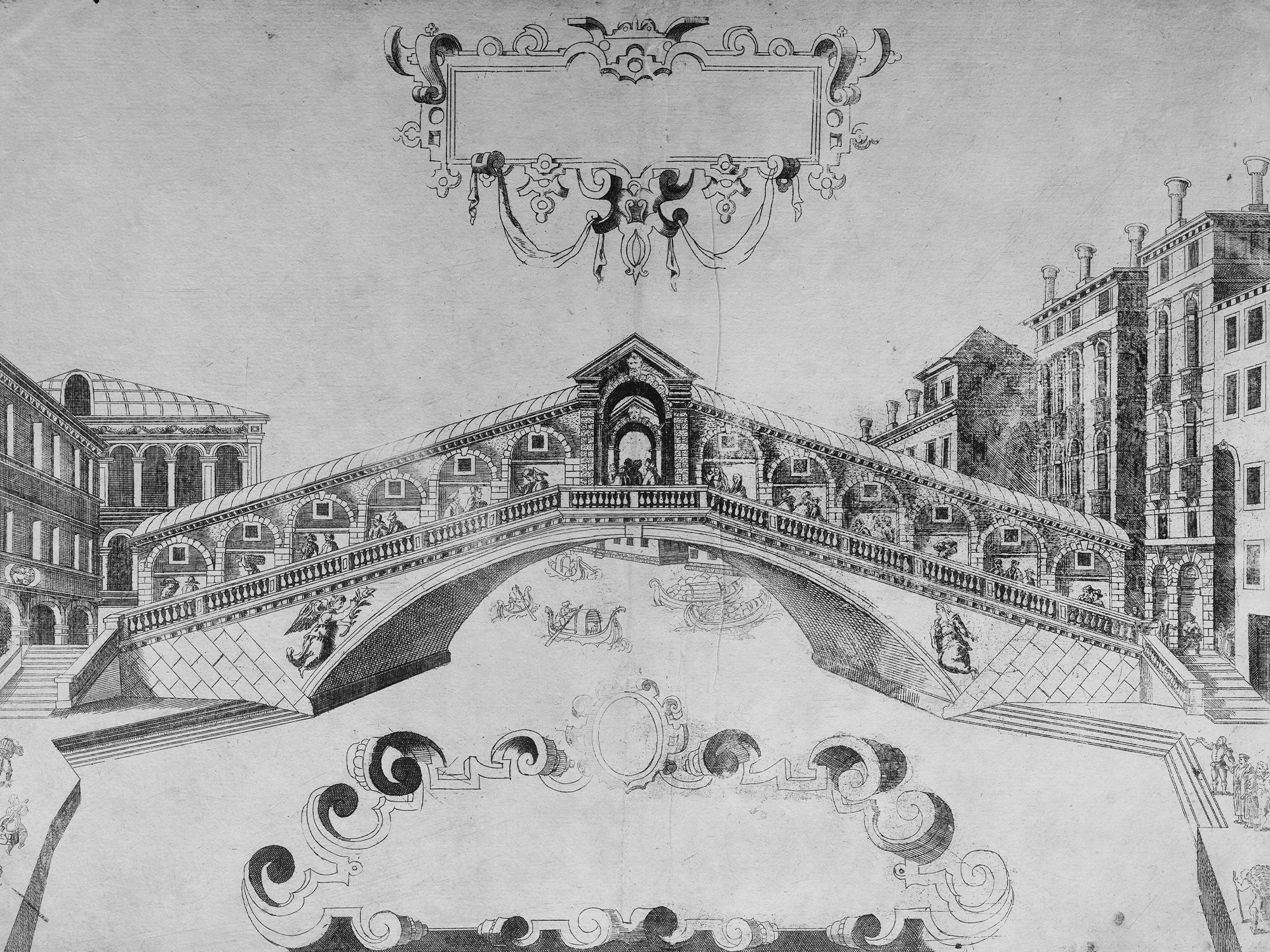

Bottom Layer
421 AD
Venice emerges as a collection of small settlements on the islands of the Venetian Lagoon, offering refuge from invasions on the mainland.
Marshy waters provide natural defenses, shaping the city’s early development. Wooden platforms and canals become essential to daily life, as the population adapts to their unique environment. Trade and fishing sustain the economy, while local governance begins to take form. The scattered settlements gradually unify, laying the foundation for a powerful maritime republic.
Despite its humble beginnings, Venice shows signs of its future as a dominant force in trade, culture, and politics.









